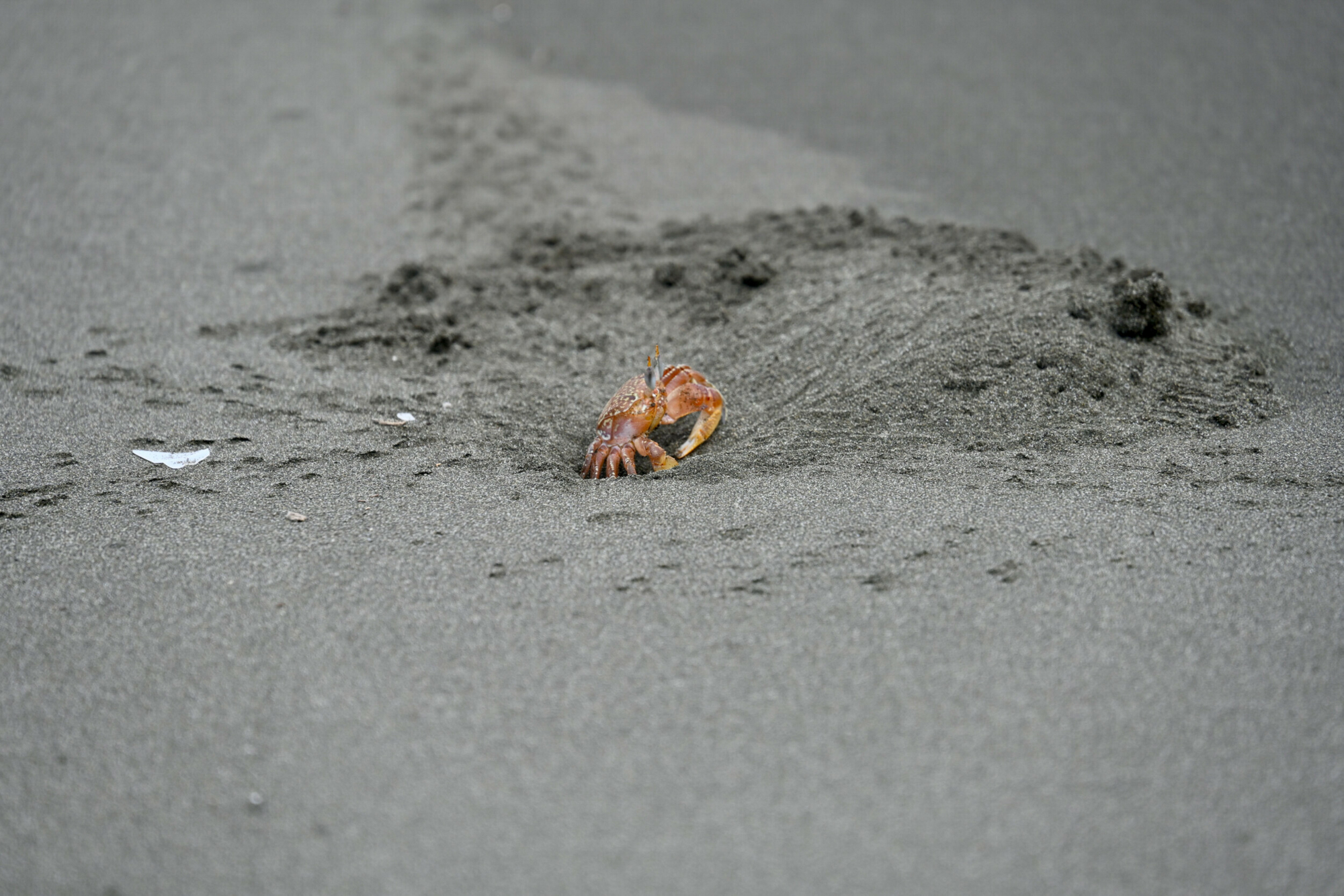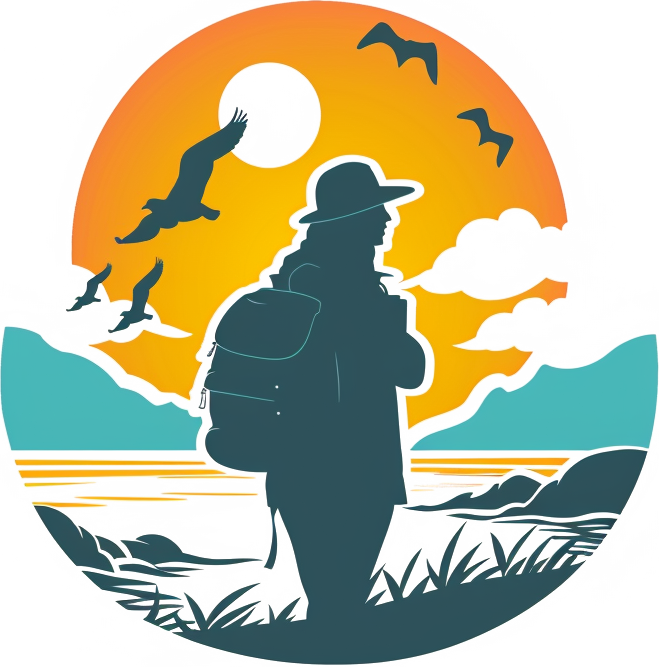Ghost Crab at Dawn: A Morning on Palo Seco Beach

Navigating the Sands of Time: The Ghost Crab
A Spectral Presence Our main subject is no ordinary beach dweller; it's a ghost crab (Ocypode gaudichaudii), known for its distinctive pale color and nocturnal habits. In this rare daylight sighting, the crab's presence adds a layer of intrigue and highlights the biodiversity of Costa Rica's beaches.
The Stage: Palo Seco Beach Palo Seco Beach serves as a crucial habitat for the ghost crab, offering it a canvas to roam, forage, and survive. The beach's secluded location away from the tourist hustle provides a safe haven for these crabs and other wildlife.
Capturing the Ghost Crab in the 'Green Season' The photograph, taken in the Costa Rican Green Season, offers a glimpse into the ghost crab's environment during a time of renewal and change. The subdued lighting of the overcast sky underscores the crab's ethereal appearance, casting a soft spotlight on its journey.
Technical Aspects of Photography
Camera Settings for Capturing Wildlife To catch the swift movement of the ghost crab, a fast shutter speed of 1/500 was essential. The chosen aperture, f/6.3, helps keep the focus on the crab, separating it from the vastness of its sandy stage, while the low ISO of 180 maintains the image's clarity.
Through the Nikon Lens The Nikon 24.0-200.0 mm f/4.0-6.3 lens's long focal length allows for a close-up view of the ghost crab's world without disturbing its natural behavior—a key consideration in wildlife photography.
Best Photoshoot Practices
The Subtlety of Natural Light By utilizing the natural, diffused light of the cloudy sky, the photograph captures the delicate textures of the ghost crab's shell and the surrounding sand without the harsh contrasts of direct sunlight.
Composing Nature The composition techniques used in this photograph, such as the rule of thirds, not only create visual appeal but also tell a story of the ghost crab's solitary journey against the immense backdrop of its habitat.
A Closer Look at the Ghost Crab
Ecological Insights The ghost crab plays a significant role in the coastal ecosystem. It's a scavenger, contributing to the cleanliness of the beach and the cycle of organic matter. This insight into the crab's ecological function enriches our understanding of its importance within the local habitat.
Weaving Stories Around Our Photos
In local narratives, the ghost crab often symbolizes the elusive beauty of nature. Its ability to blend into the sandy environment serves as a reminder of nature's adaptability and the wonders hidden in plain sight.
Capturing the Essence of Palo Seco
Through this photograph, one can almost hear the rustling of the ghost crab across the sand and feel the pulse of the coastal ecosystem. It's a sensory immersion into the habitat of this unique creature and a testament to the beach's natural allure.
Sharing the Photographic Journey
This image serves as a lesson in patience and observation, qualities essential for wildlife photography. It demonstrates how a minimalist approach can lead to profound encounters with nature.
The Personal Touch
Walking the shores of Palo Seco, I was reminded of the delicate balance between human presence and wildlife conservation. This ghost crab's path crossed mine for a moment, leaving a lasting impression of the ecosystem's fragility and resilience.
Inspiring Conservation Through Imagery
Palo Seco is a microcosm of Costa Rica's commitment to nature and conservation. It's a place that asks not just to be seen, but to be preserved, and each photograph taken here should honor that responsibility.
An Invitation to Explore
Let this ghost crab's journey inspire your own. Whether through photography or travel, Palo Seco Beach offers endless stories waiting to be discovered and shared. It's a destination that beckons the mindful traveler to witness the beauty of life in its most unguarded moments.
